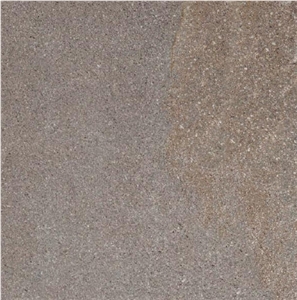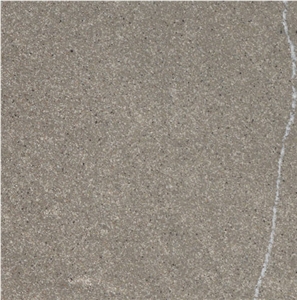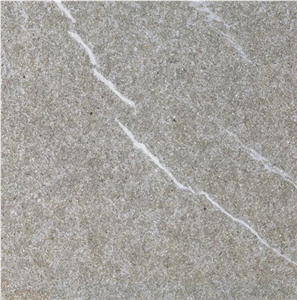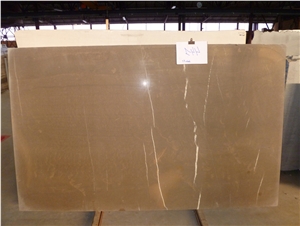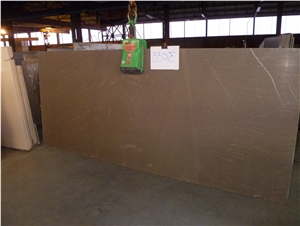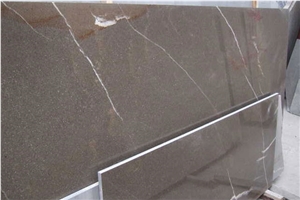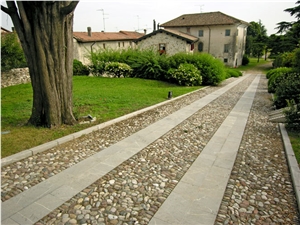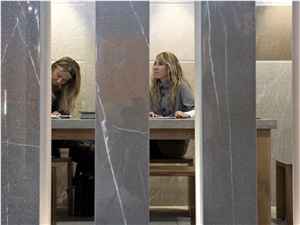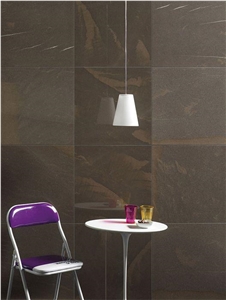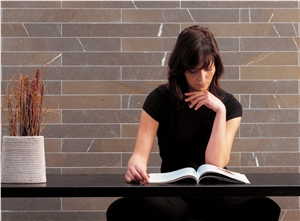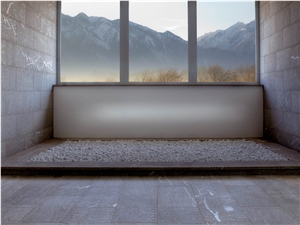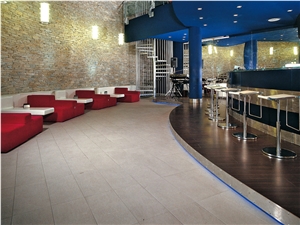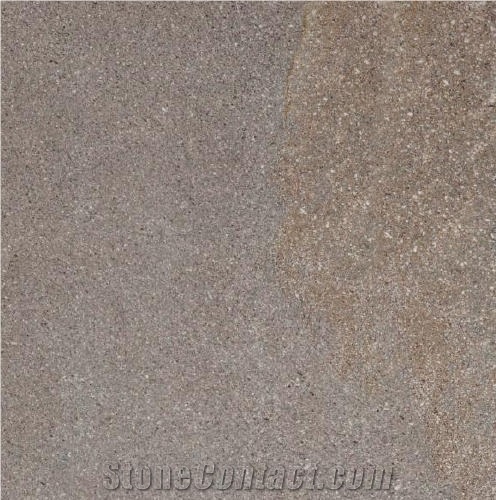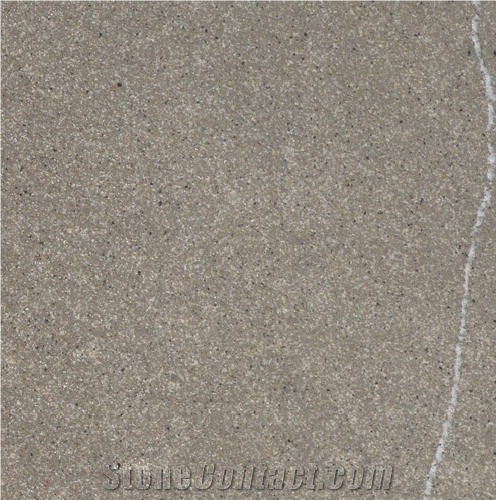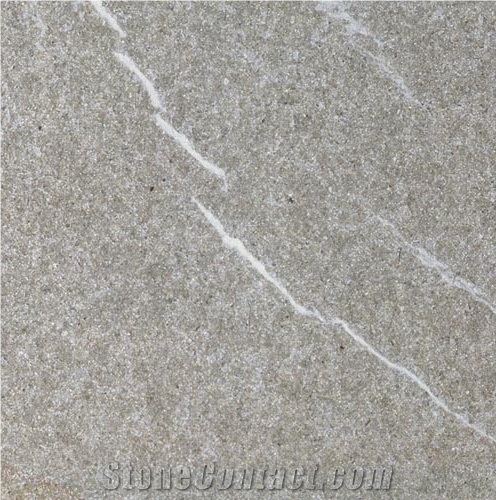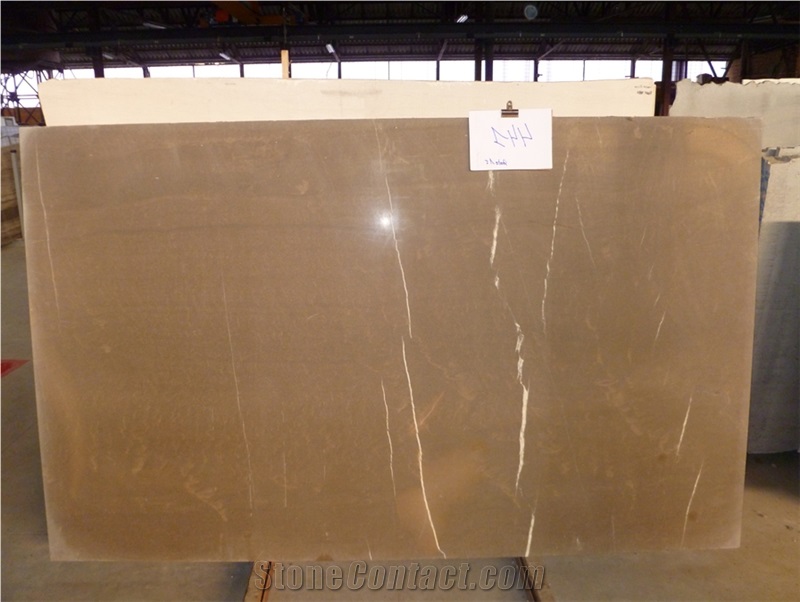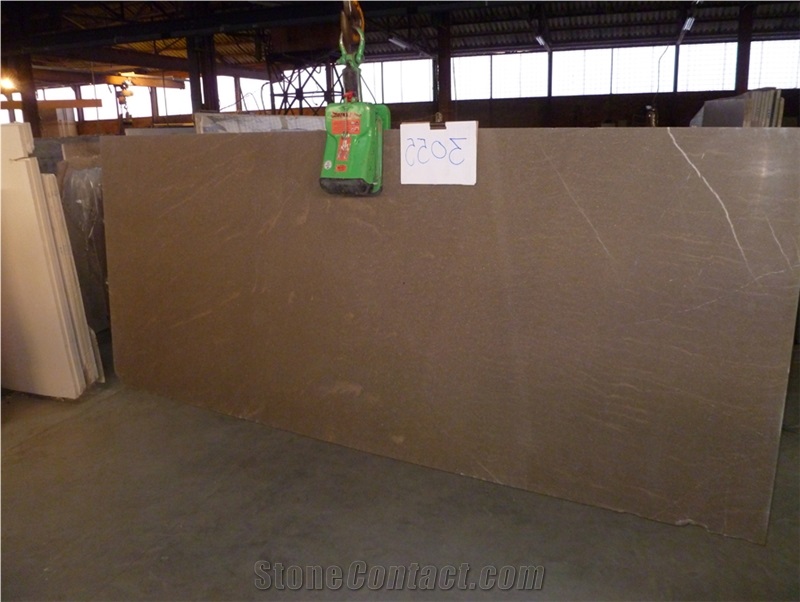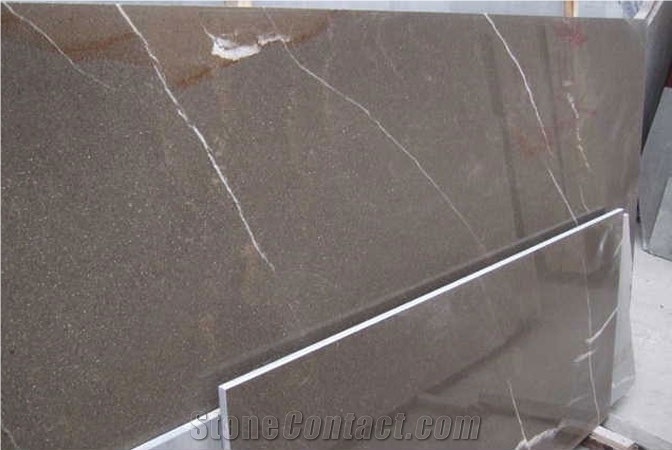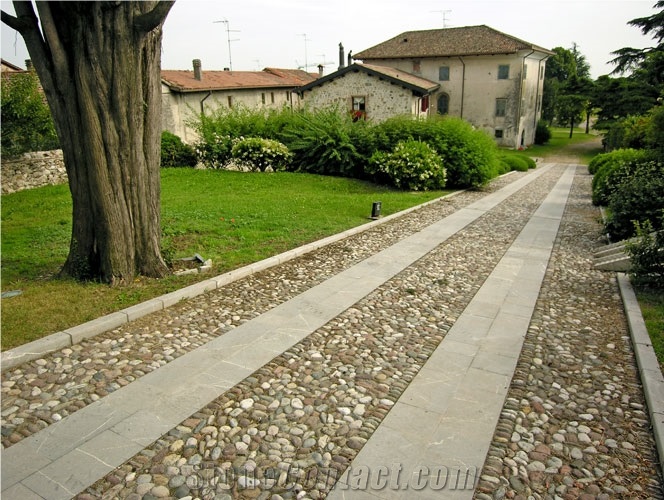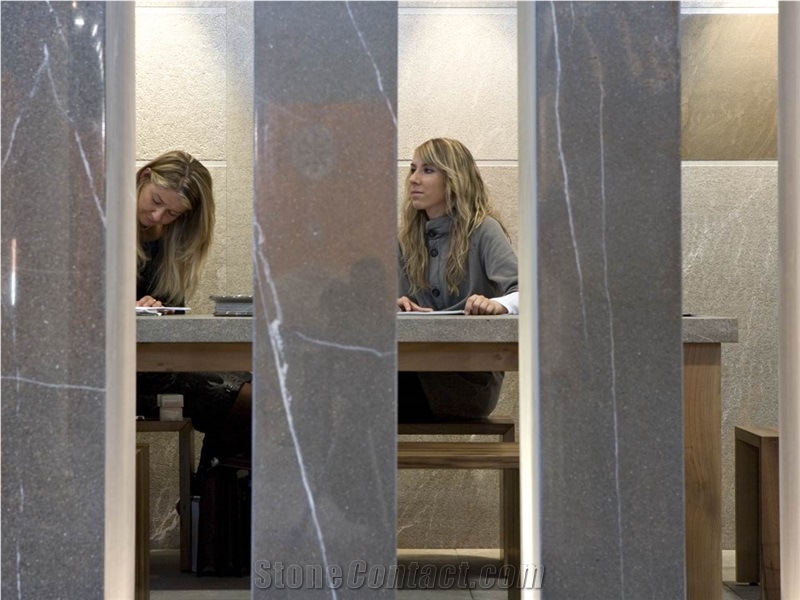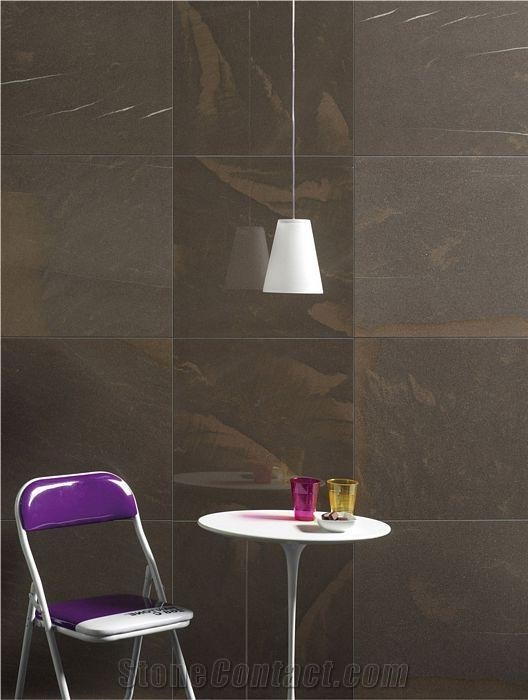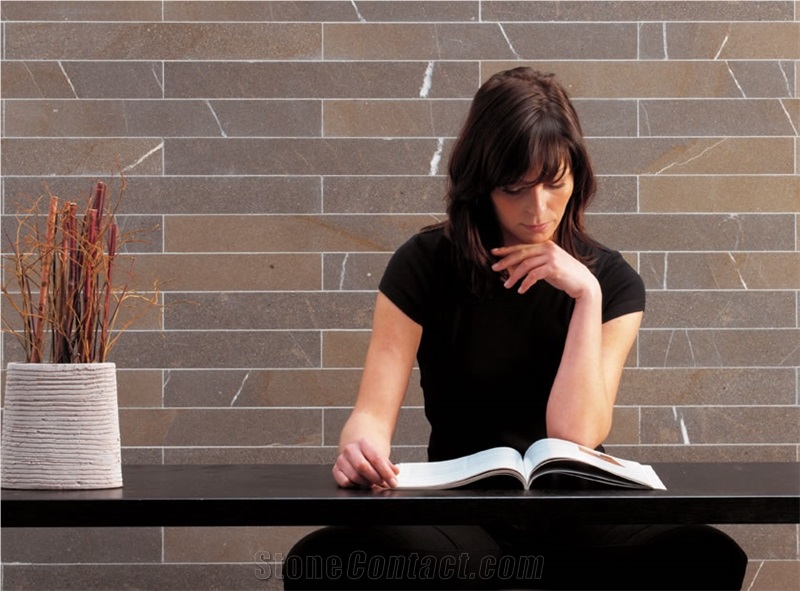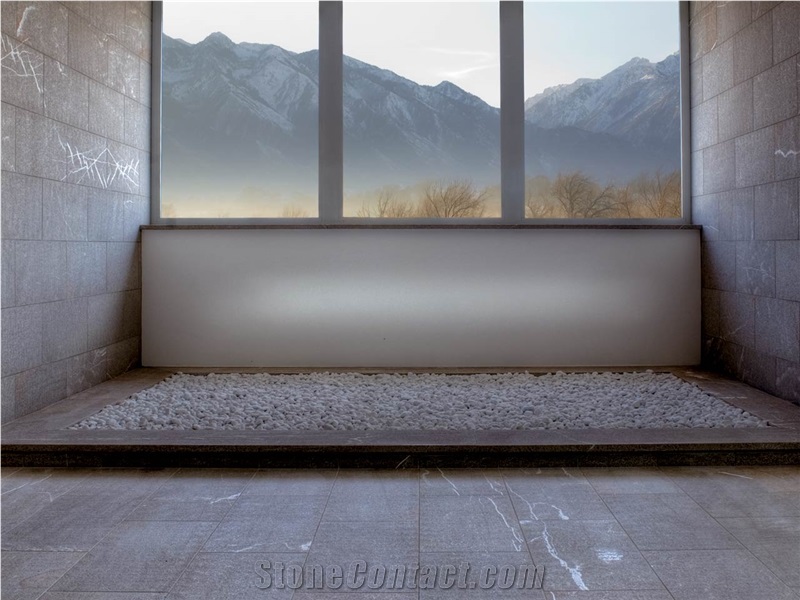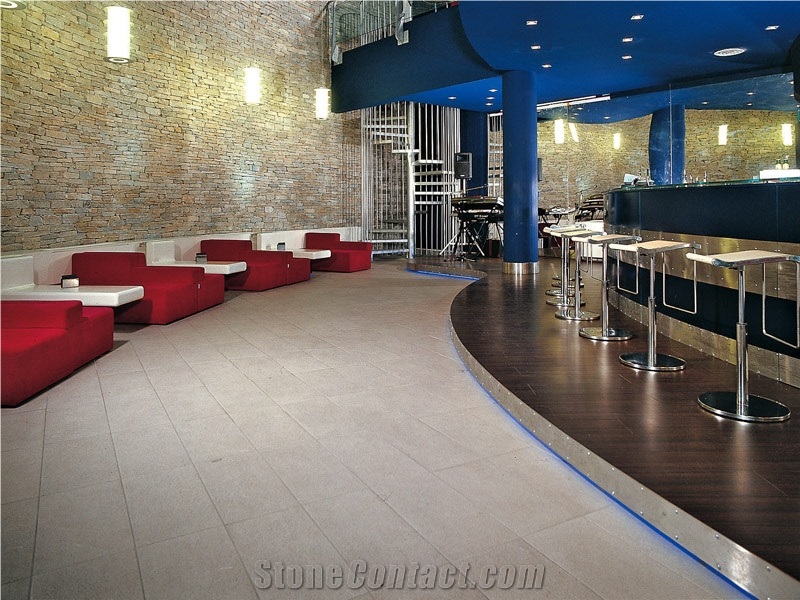Can Italy's Piasentina Stone Sandstone be used exterior applications in very humid climates?
Italys Piasentina Stone Sandstone can be used for exterior applications in humid climates to some extent, but it may not be the most suitable choice. Sandstone is a sedimentary rock that is relatively porous, meaning it can absorb water. In very humid climates, where there is high humidity and frequent rainfall, the sandstone may absorb moisture from the air and from rainfall, leading to potential issues.
If not properly sealed and maintained, the sandstone can be prone to water damage, such as cracking, spalling, and discoloration. The absorbed moisture can also freeze during colder months, causing further damage. Additionally, in very humid climates, there is a higher risk of mold and mildew growth on the surface of the stone.
However, if the Piasentina Stone Sandstone is appropriately sealed and maintained, it can still be used for certain exterior applications in humid climates. Regular sealing of the stone can help minimize water absorption and protect it from damage. It is important to choose a high-quality sealer designed for sandstone and reapply it periodically according to the manufacturers instructions.
It is recommended to consult with a local stone supplier or professional in your area who can provide specific guidance based on the local climate conditions and maintenance requirements. They will be able to assess the suitability of Piasentina Stone Sandstone for exterior applications in very humid climates and suggest alternative stone options if necessary.
Italys Piasentina Stone Sandstone can be used for exterior applications in humid climates to some extent, but it may not be the most suitable choice. Sandstone is a sedimentary rock that is relatively porous, meaning it can absorb water. In very humid climates, where there is high humidity and frequent rainfall, the sandstone may absorb moisture from the air and from rainfall, leading to potential issues.
If not properly sealed and maintained, the sandstone can be prone to water damage, such as cracking, spalling, and discoloration. The absorbed moisture can also freeze during colder months, causing further damage. Additionally, in very humid climates, there is a higher risk of mold and mildew growth on the surface of the stone.
However, if the Piasentina Stone Sandstone is appropriately sealed and maintained, it can still be used for certain exterior applications in humid climates. Regular sealing of the stone can help minimize water absorption and protect it from damage. It is important to choose a high-quality sealer designed for sandstone and reapply it periodically according to the manufacturers instructions.
It is recommended to consult with a local stone supplier or professional in your area who can provide specific guidance based on the local climate conditions and maintenance requirements. They will be able to assess the suitability of Piasentina Stone Sandstone for exterior applications in very humid climates and suggest alternative stone options if necessary.
 Italy
(Torreano Faedis, San Leonardo, San Pietro al Natisone, Provincia di Udine, Friuli-Venezi)
Italy
(Torreano Faedis, San Leonardo, San Pietro al Natisone, Provincia di Udine, Friuli-Venezi)















